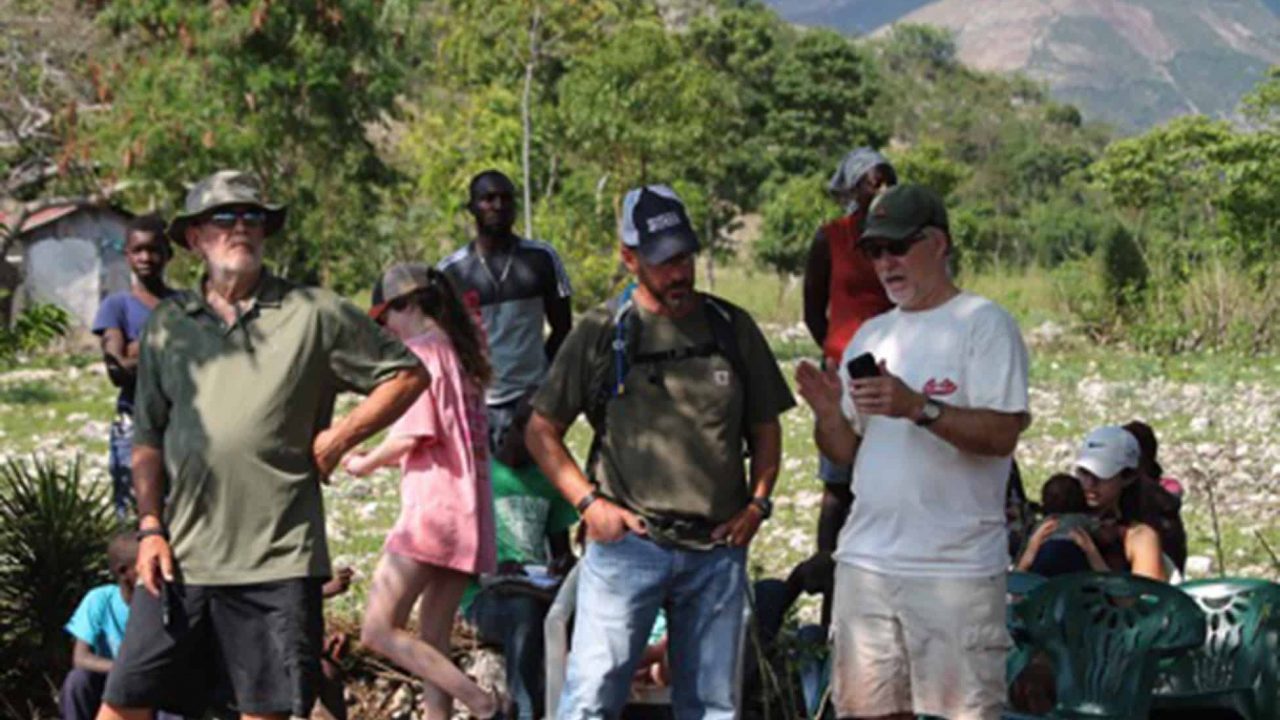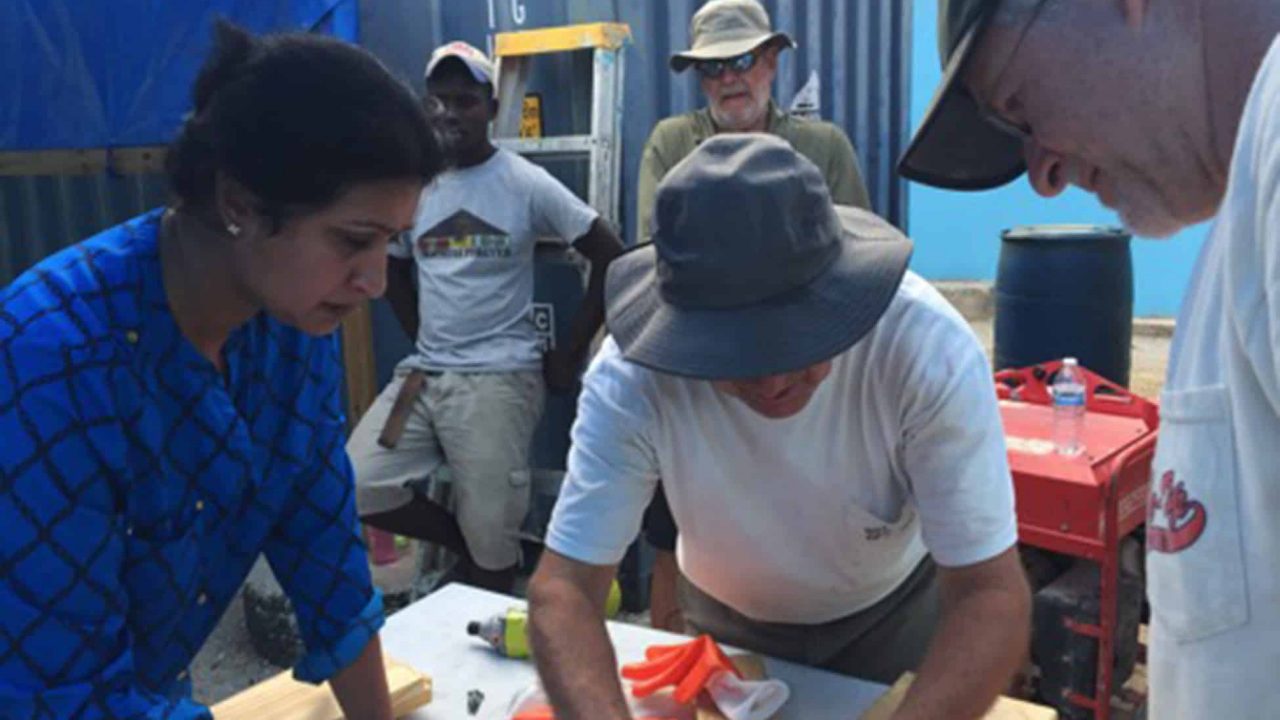Future CADC Service Learning Projects in Haiti

In April of this year, a team from the College of Architecture, Design and Construction took a trip to the Hope Center in Thoman, Haiti. The group included the college Dean Vini Nathan, School of Industrial and Graphic Design School Head Clark Lundell, Associate Dean for Graduate Studies and Research Karen Rogers, and McWhorter School of Building Science Professor Scott Kramer. The Hope Center houses a small clinic that serves the people in the surrounding region, which is severely low on resources. The group travelling observed some of the complications the clinic struggled with, and decided to focus on two of these issues as future service learning opportunities for the college. Students and faculty will show their skills and help the people of this region by creating means of communicating health information to illiterate clients and providing housing possibilities that don’t require outside resources.
One of the clinic’s most pressing struggles is communicating vital information regarding health-related issues to clients, many of whom are illiterate. The travelling group saw this as an opportunity for Industrial and Graphic Design faculty and students to design image-based posters contain compelling, easily understood information concerning health habits and hazards. The posters will be designed as a series that can be rotated throughout the year as issues of growing importance arise within the community. The project will provide portable, easily produced and reproduced material in an accessible, universal language.
The design of these posters provides a unique opportunity for the Graphic Design program to develop a system that could be used around the world to communicate health-related messages to underserved populations in low-resourced environments. Faculty from the School of Industrial and Graphic Design will travel to the Hope Center in October to define the scope and potential of the project that will subsequently be developed by industrial and graphic design students.
The Hope Center also works with mission groups and other volunteers to build housing units for needy families in the region. Unfortunately, the isolated and under-resourced environment means that access to traditional building materials is limited. Building Science professor Scott Kramer has participated in several of these projects and is currently working on the development of a housing unit prototype based on the use of gabion walls.
A gabion is a metal cage filled with rocks. Examples of this type of building can be seen in the Dominus Estate Winery in Napa Valley and the 9×9 Gabion House in Stadtbergen, Germany. The region around Thoman has a very healthy supply of rocks, which makes the gabion-walled housing solution particularly appropriate. The system provides protection from extremes of weather and temperature, costs very little to build, and is well-suited to construction by volunteers and unskilled labor. Professor Kramer will also return to the Hope Center in October to continue work on the development of this prototype.
A vital aspect of the College of Architecture, Design and Construction mission is to deploy design and construction to improve the quality of life in underserved communities. These two projects led by CADC faculty and students will provide outstanding examples of that commitment.


See more in:
DEI Archive,
Faculty,
Outreach,
Service Learning,
Student Experience